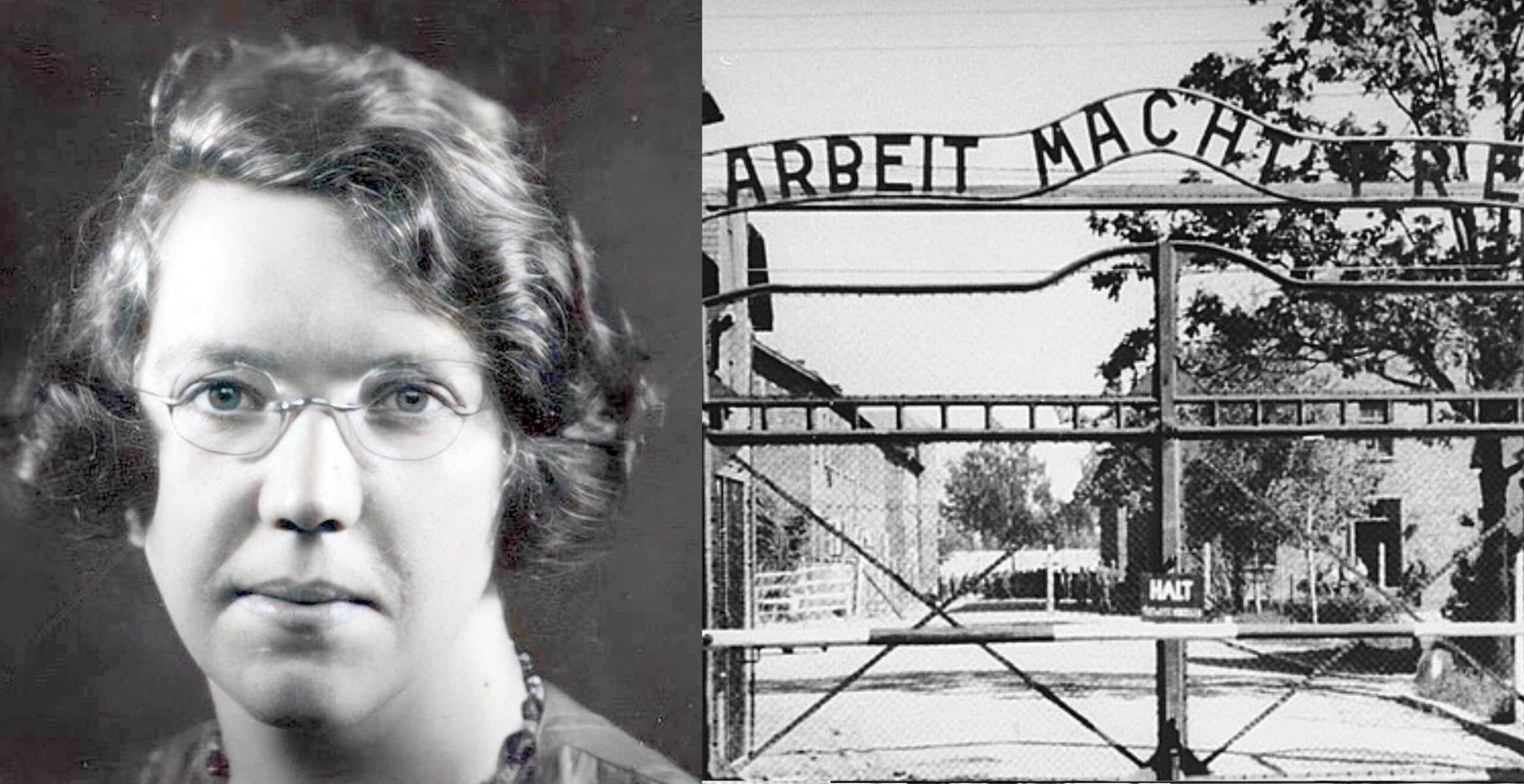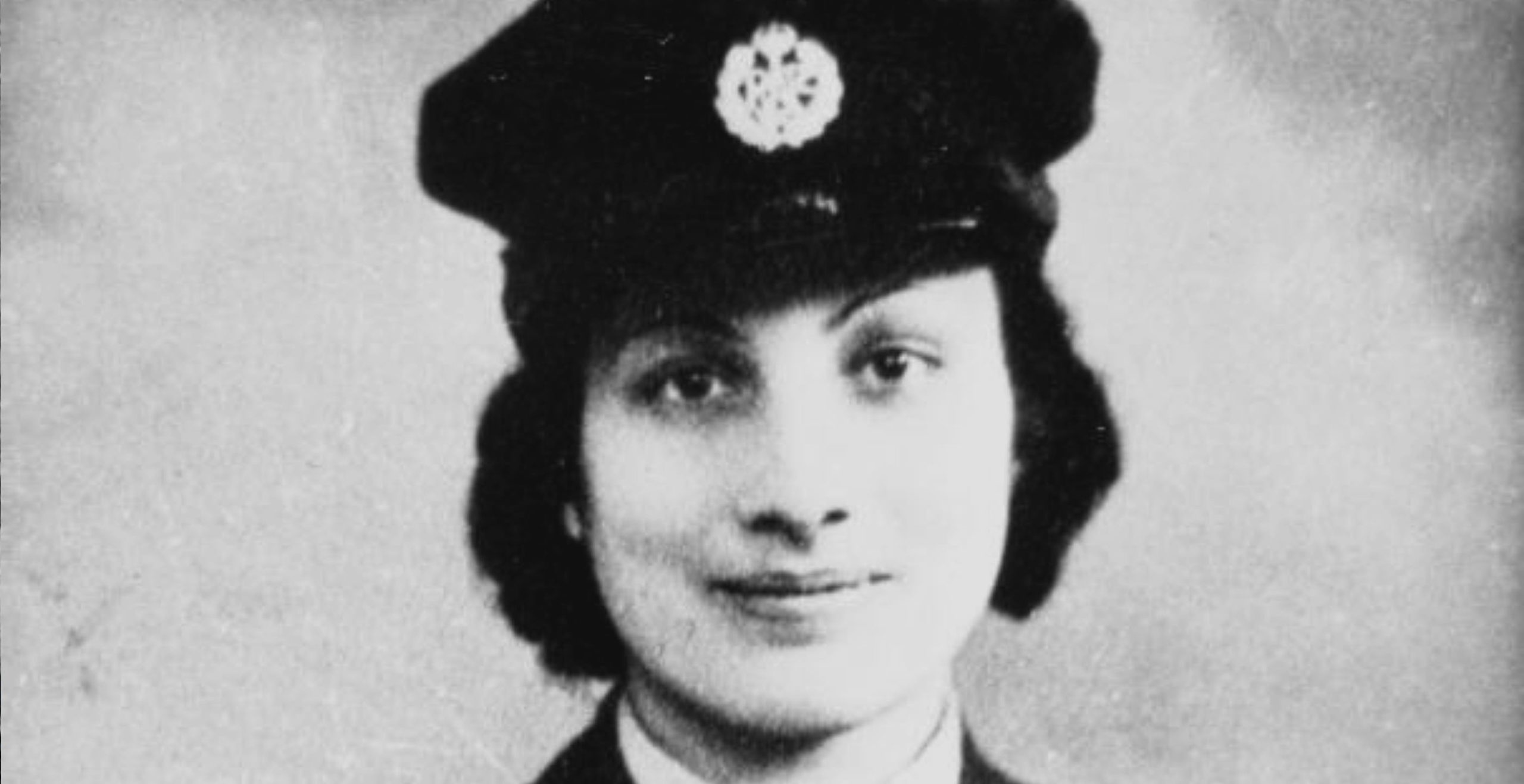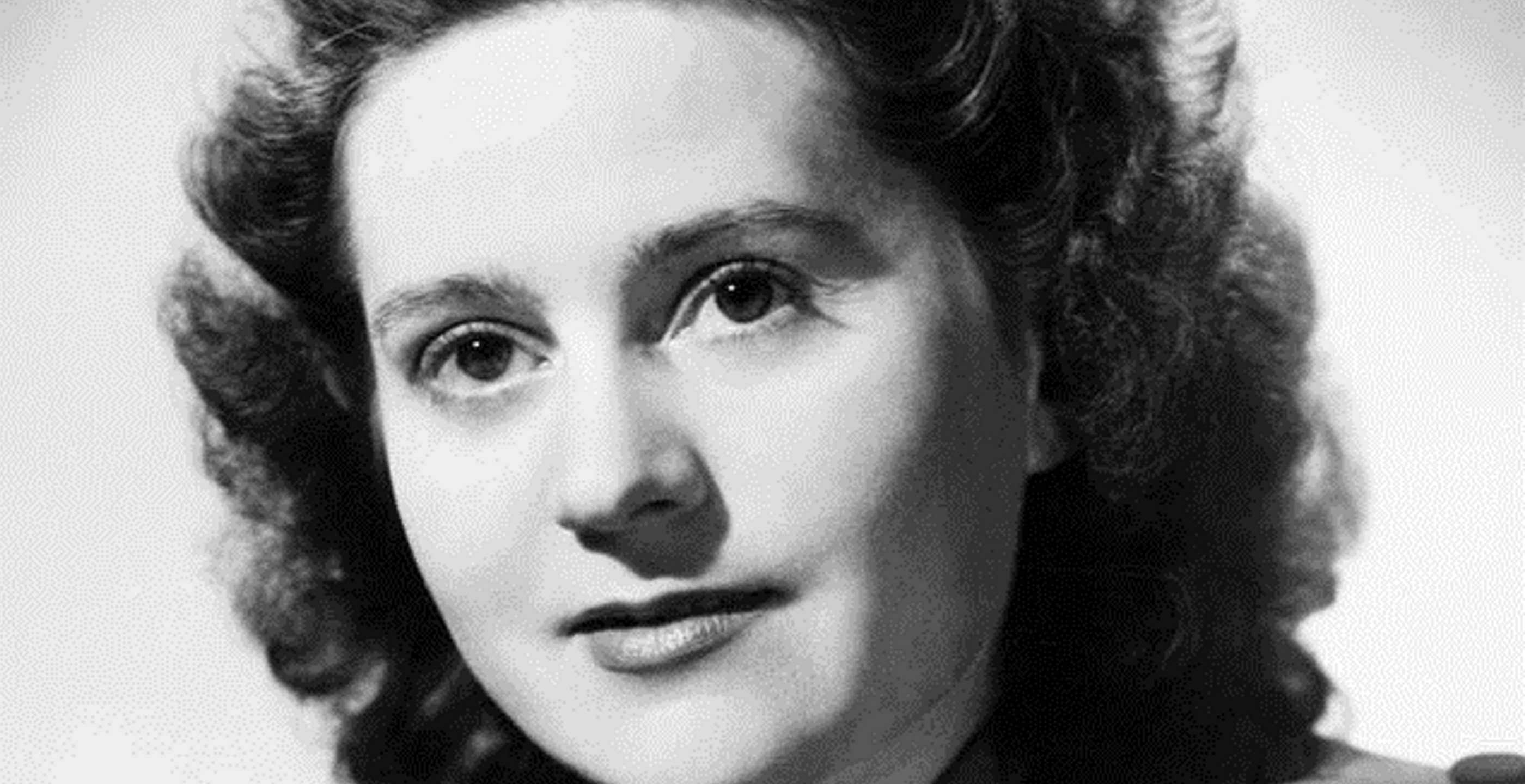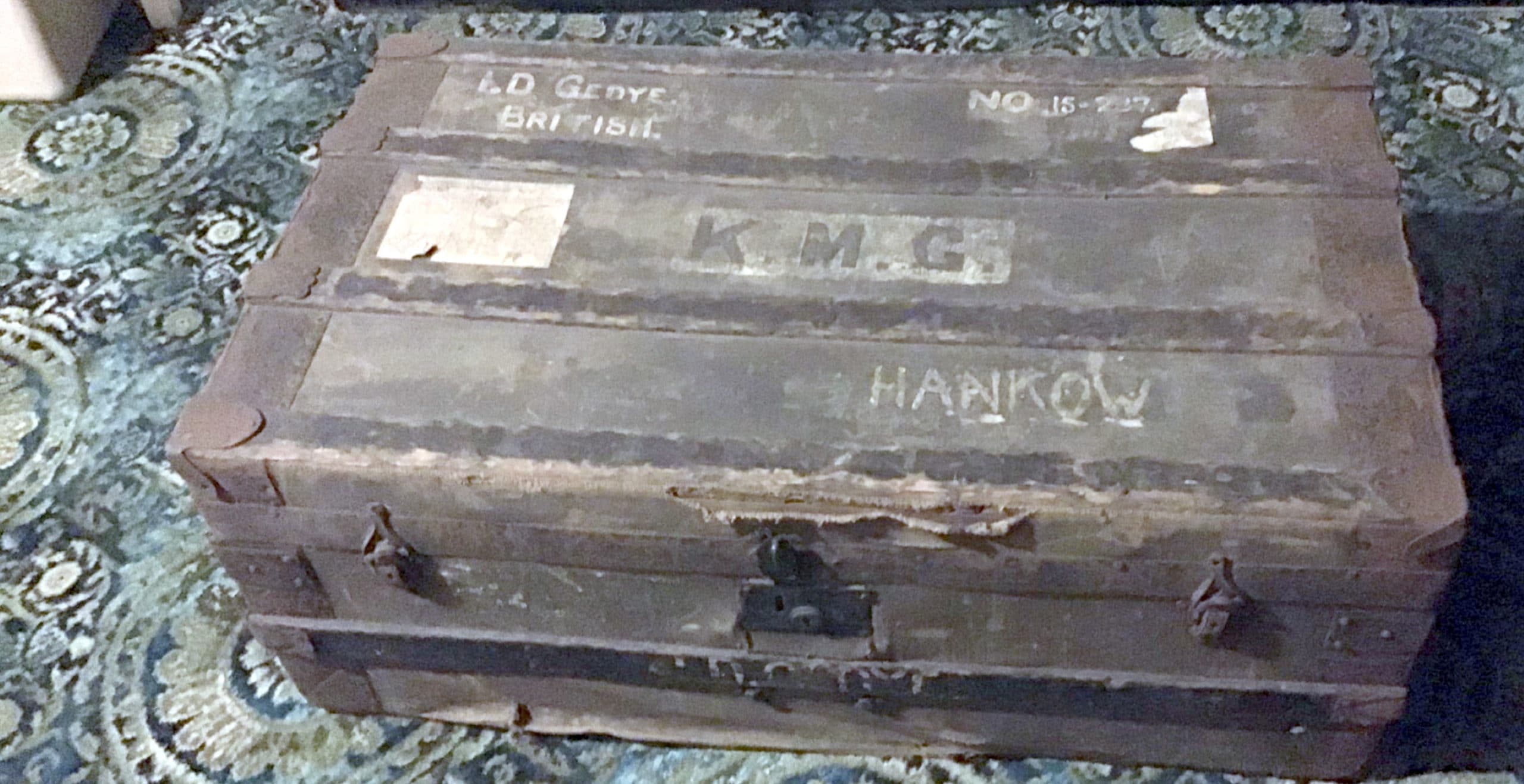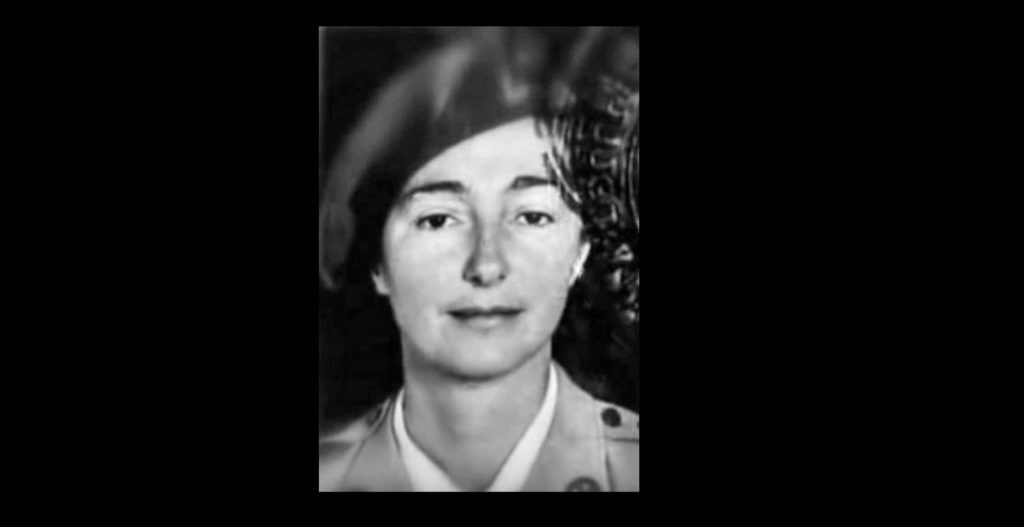Irongray Churchyard in Dumfriesshire is a peaceful and contemplative space surrounded by countryside and wooded hills. The memorials and headstones record the names of the farming families who have lived in this rural area for several centuries. One memorial stone is that of the Hainings, and on it is recorded simply, after the dates of Jane Mathison and Thomas John Haining: ‘Also Jane Mathison Haining, their daughter, died at Auschwitz, Germany, 17th July 1944, aged 47 years’.
Born on a farm near the village of Dunscore in Dumfriesshire on 6 June 1897, Jane Haining was brought up in a country, a region and a family with strong Christian faith. The Hainings were members of the community of the evangelical United Free Church of Scotland. Jane studied at the local schools where she did well, and was a boarder at Dumfries Academy, where she was dux, the senior ranking student academically.
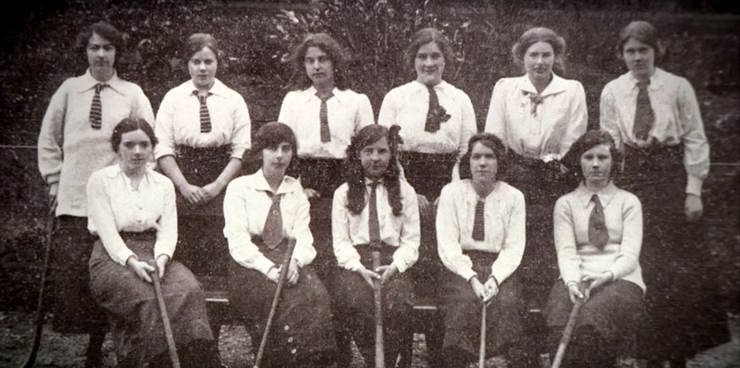
As her father and mother died when she was young, the Church played an important part in Jane’s life, socially as well as religiously. She had both sisters and a half-sister. Despite her strong faith and engagement in church activities both at home and in Glasgow where she worked for the famous thread manufacturer J and P Coats, it still came as something of a surprise to her family and contemporaries when she made the decision to devote herself to the Scottish Mission overseas. Jane Haining applied for a job as Matron in a Scottish Mission boarding school in Budapest in Hungary, and took up her post in 1932.
The original aim of the Scottish Mission was one of conversion, particularly of the Jewish community, and this had been the focus of its work during the late nineteenth and early twentieth century. By the time Jane went there, the quality of the education provided by the school was so high that it was a popular choice for families of diverse religious backgrounds. All were treated equally, including those students from poor backgrounds whose parents could not afford the fees, but who were welcomed in with the others.
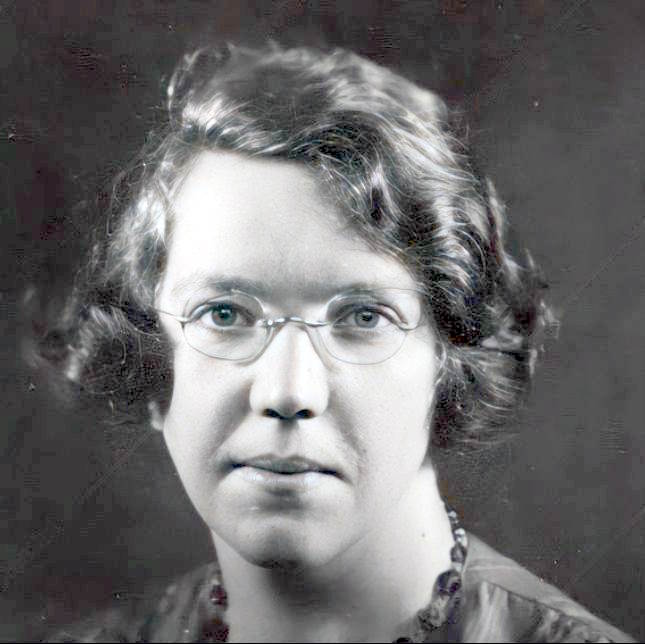
With Jane in charge, the school flourished, and despite the gathering clouds over Europe, for much of the 1930s the Christian and Jewish girls who attended the Scottish Mission School lived a life that was rich and full. They had holidays in the country, and gifts and games at Christmas and other festivals. Although Jane could be strict, she was well-loved and remembered with fondness by her students.
The complicated history of Hungary, and its location as a landlocked state at a crossroads for the movement of people, meant that different ethnic and religious groups existed alongside one another. Generally, at the start of the 1930s there was tolerance in Hungary, since it was at that time essential for the Magyar governing group to have the support of the different groups and ethnicities in a multicultural state.
From 1920 to 1946 it was known as the Kingdom of Hungary. However, it was a period later known as the Regency, or the Horthy era, since the monarchy was represented not by a king, but by Regent Miklós Horthy. The administration was generally sympathetic to the Scottish Mission and to others like it. However, with the rise of extreme nationalism and the Hungarian Arrow Cross party, the threat to Budapest’s Jewish and non-Magyar populations increased by the day.
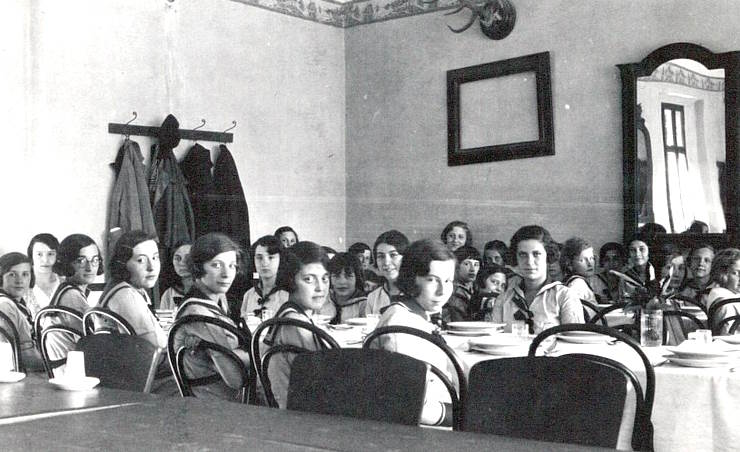
When war broke out in Europe in 1939, Haining was advised by her church to return to Britain. Other members of the Scottish mission had already returned. However, Jane made her own choice to stay in Hungary, saying that the children had much greater need of her now in these “days of darkness” than they had in the days of sunshine.
As the Scottish Mission in Hungary came under increasing surveillance and received more and more requests for help from Jewish parents wishing to convert for their own safety, conversion became less important to the Mission than simply saving lives. As Jane Haining’s biographer Mary Miller writes: “Paradoxically, in loosening allegiance to their dogma the Scottish Mission began more truly to live their faith”.
Food became scarcer and life on the streets of Hungary more perilous, particularly for Budapest’s Jewish population. Eventually they were forced into ghettos, and to wear yellow stars to identify themselves. Jane, forced to sit with her students and help them stitch the stars to their clothes, wept openly. Despite the situation, the Hungarian administration, sympathetic to the Mission, was still in charge; but the real power was now with the Hungarian Fascists and their often uneasy relationship with the Nazis.
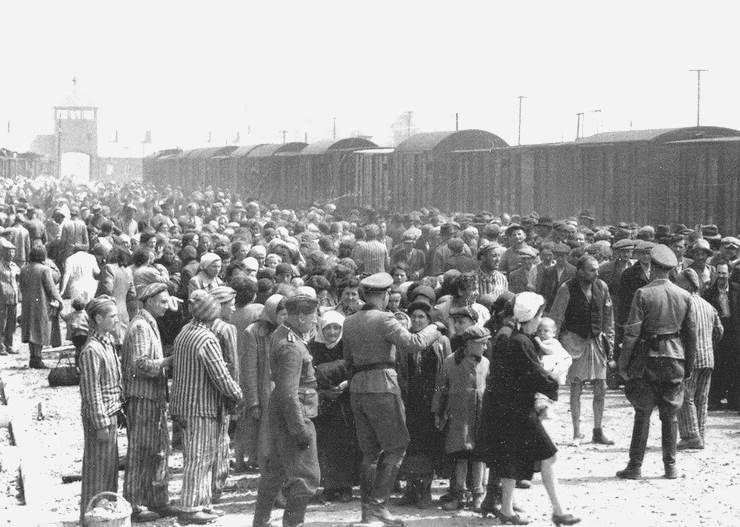
Germany invaded Hungary in March 1944, and almost immediately the SS began organising the deportation of the country’s Jews to Auschwitz II-Birkenau. This was the infamous German death camp in occupied Poland. The situation in Hungary was particularly brutal. It was through refusing to leave her students, and continuing to care for them with all her ability, that Jane was betrayed. The son-in-law of the school’s cook-housekeeper had been taking food intended for the students, and when Jane confronted him, he reported her to the Nazi authorities.
Jane’s arrest on 25th April 1944 was sudden, unexpected, and immutable. Despite this, as her captors took her away, she was still smiling and telling her students that she would soon be released. They would never see her again. Accused of a list of “crimes” that included working among Jews, weeping while sewing the yellow stars, listening to the BBC, and being active in politics, Jane’s fate was sealed.
After time spent under arrest in a house, and then in the prison of Fő utca, Jane was transferred to Auschwitz-Birkenau as a political prisoner. Her friends, who had been bringing her food and other items, arrived at Fő utca to find she was gone. Jane entered through the infamous gates at Auschwitz-Birkenau with their ominous “Arbeit Macht Frei” sign, and became prisoner 79467, her number tattooed on her arm like the others. Two months later she was dead. The cause of death on her death certificate was given as cachexia (weight loss and muscle wasting) following internal catarrh. It is still not known whether she died as a result of the intolerable conditions of the camp, or was unable to work and sent to the gas chambers.
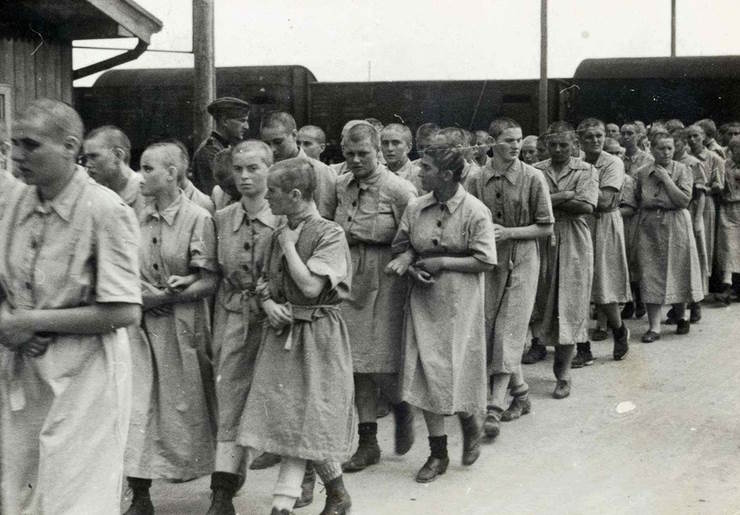
It was her warmth and kindness that former students remembered, and the sense of fair play and tolerance for all at the mission school. Others, friends and family, recalled her great sense of fun. Jane Haining is remembered with a permanent memorial at Dunscore and a street name in Budapest. There have been exhibitions and books. In 1997, Jane Haining was recognised by Yad Vashem in Israel as Righteous Among the Nations for risking her life to help Jews during the Holocaust.
Like so many individuals of the generation of World War II, Jane Haining was an ordinary person, albeit with a strong sense of duty and mission, caught up in incomprehensible conflict. She was also heroic in the same way that so many of that generation were: quietly and unobtrusively protecting and defending those whom she considered her charges. She may even have demonstrated more actively as Fascism took hold in Hungary.
Jane Haining epitomises the everyday heroism of the generation that served during the war years. It was a generation that united all backgrounds, faiths, and ethnicities in a common cause.
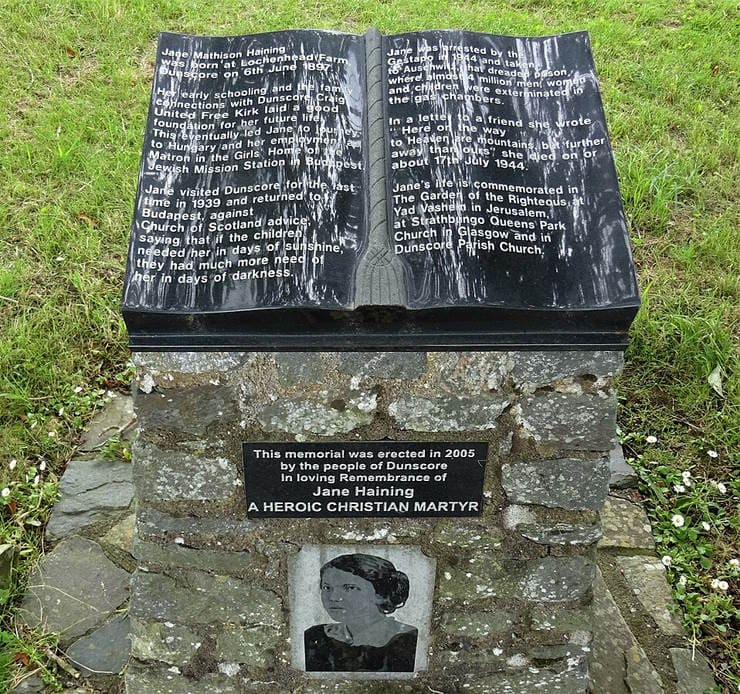
By Dr Miriam Bibby. Dr Miriam Bibby is a historian, Egyptologist and archaeologist with a special interest in equine history. Miriam has worked as a museum curator, university academic, editor and heritage management consultant.
Published 16th July 2023
